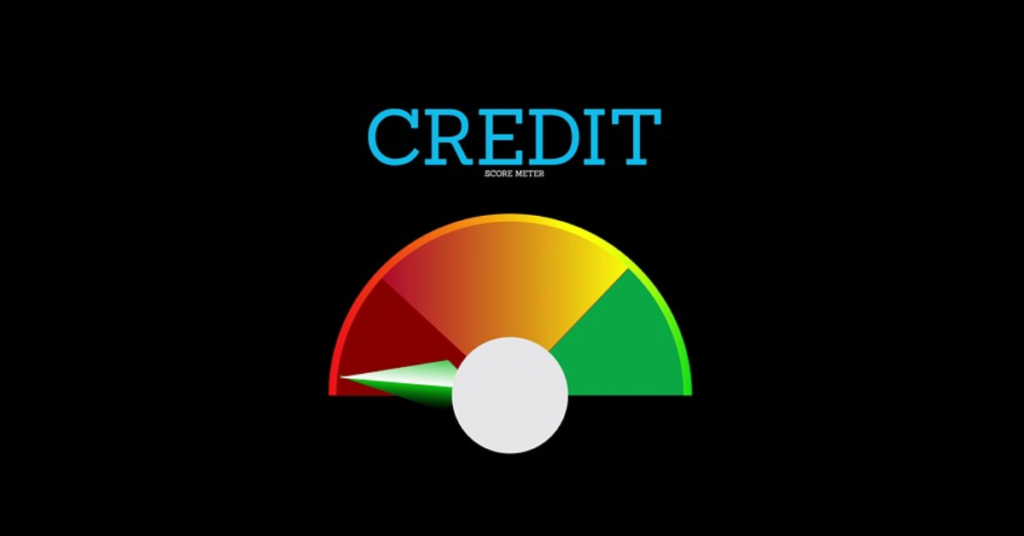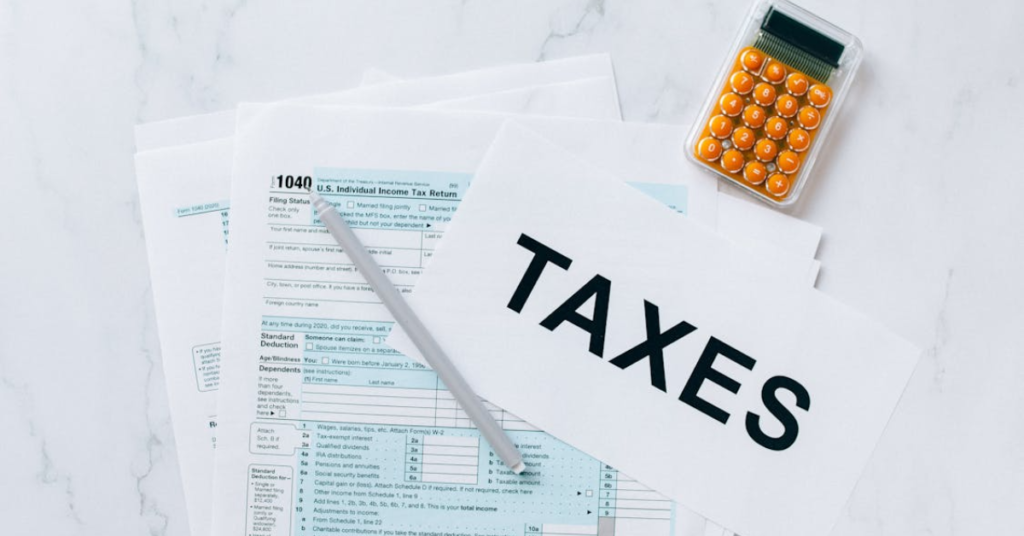Bankruptcy and foreclosure can feel like financial death sentences, but they’re actually legal fresh starts designed to give Americans a second chance. While these events significantly impact your credit score and financial standing, millions of people have successfully rebuilt their finances after experiencing these setbacks. The key lies in understanding that recovery is not only possible but can lead to stronger financial habits and long-term stability than you had before.
Understanding the Timeline for Credit Recovery

Your credit recovery timeline depends largely on the type of bankruptcy filed and your post-bankruptcy financial behavior. Chapter 7 bankruptcy remains on your credit report for 10 years, while Chapter 13 bankruptcy stays for seven years. Foreclosures typically remain visible for seven years. However, the impact on your credit score diminishes significantly over time, especially with consistent positive financial behavior. Most people see meaningful credit score improvements within 18-24 months of discharge, and many achieve scores above 700 within three to four years. Understanding this timeline helps set realistic expectations and keeps you motivated during the recovery process.
Creating a Realistic Post-Bankruptcy Budget

Successful financial recovery begins with mastering the basics of budgeting and cash flow management. Start by tracking every expense for at least one month to understand your spending patterns. Create a zero-based budget where every dollar has a specific purpose, prioritizing essential expenses like housing, utilities, transportation, and food. Since you likely can’t rely on credit cards as a financial safety net, maintaining strict budget discipline becomes even more critical for avoiding future financial emergencies.
Building an Emergency Fund from Scratch

An emergency fund is crucial for preventing future financial crises that could derail your recovery. Start small with a goal of $500 to $1,000, then gradually build toward three to six months of expenses. Open a separate high-yield savings account specifically for emergencies and automate transfers, even if you can only save $25 per month initially. Consider any windfalls like tax refunds, bonuses, or gifts as opportunities to boost your emergency fund rather than spending on discretionary items. This fund serves as your financial insurance policy, helping you avoid turning to expensive alternatives like payday loans when unexpected expenses arise.
Rebuilding Your Credit Score Strategically

Rebuilding credit after bankruptcy or foreclosure requires patience and strategic action. Start by obtaining copies of your credit reports from all three major bureaus (Experian, Equifax, and TransUnion) through annualcreditreport.com to ensure accuracy. Consider applying for a secured credit card, which requires a cash deposit but functions like a regular credit card and reports to credit bureaus. Keep utilization below 10% and pay balances in full each month. If you have any remaining accounts in good standing, keep them open to maintain your credit history length. Avoid credit repair companies that promise quick fixes, as legitimate credit repair takes time and consistent positive payment history.
Exploring Housing Options and Homeownership Goals

Housing represents the largest expense for most Americans, so developing a smart housing strategy is essential for financial recovery. If you lost your home to foreclosure, focus on finding affordable rental housing that allows you to rebuild your finances. The general rule is to spend no more than 30% of gross income on housing costs. While you may not qualify for a traditional mortgage immediately, various programs can help you achieve homeownership sooner than expected. FHA loans may be available just two years after Chapter 7 bankruptcy or three years after foreclosure, though you’ll need to demonstrate financial responsibility and stable income during this waiting period.
Managing Taxes and Understanding Debt Forgiveness

Bankruptcy and foreclosure can create unexpected tax consequences that many people overlook. Forgiven debt is generally considered taxable income by the IRS, though certain exceptions apply for insolvency or qualified principal residence indebtedness. However, if you were insolvent when the debt was forgiven, you might be able to exclude this income using Form 1040. Consider consulting with a tax professional to ensure compliance and optimize your tax situation, as mistakes can create additional financial burdens during your recovery period.
Developing Long-Term Wealth-Building Strategies

Financial recovery isn’t just about returning to where you were before—it’s an opportunity to build better financial habits and long-term wealth. Once you’ve stabilized your immediate situation, focus on investing for the future. If your employer offers a match, contribute enough to capture the full match as soon as financially feasible, as this represents an immediate 100% return on investment. Consider low-cost index funds for additional investment once you’ve established your emergency fund. Consider developing multiple income streams through side hustles, freelancing, or skill development that could lead to career advancement and higher earning potential.
Protecting Your Financial Future

Prevention is always better than recovery, so implementing safeguards against future financial crises is crucial. This includes maintaining comprehensive insurance coverage (health, auto, disability, and eventually homeowners or renters insurance), continuing to live below your means even as your income increases, and regularly reviewing and updating your budget and financial goals. Educate yourself about personal finance through books, podcasts, and reputable websites to make informed decisions going forward. Consider working with a non-profit credit counseling agency for ongoing financial education and accountability.
Conclusion

Financial recovery after bankruptcy or foreclosure is not just possible—it’s an opportunity for a complete financial transformation. While the journey requires patience, discipline, and strategic planning, thousands of Americans successfully rebuild their financial lives every year, often emerging stronger than before their crisis. Focus on taking consistent small steps: budgeting carefully, building emergency savings, rebuilding credit responsibly, and developing long-term wealth-building habits. Remember that your past financial mistakes don’t define your future potential. With the right mindset and action plan, you can achieve financial stability and even prosperity, turning your setback into the foundation for lasting financial success.
